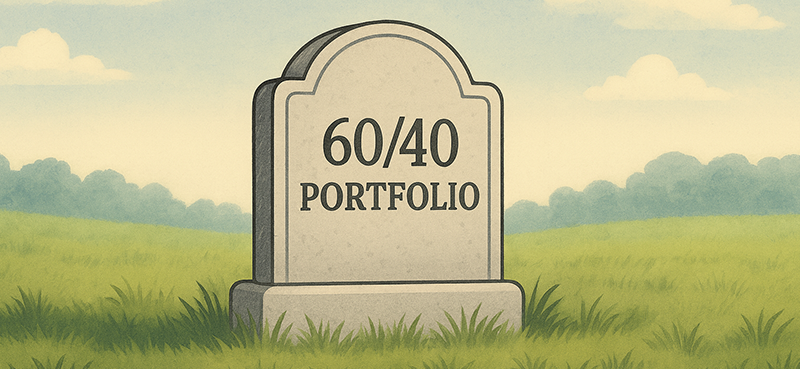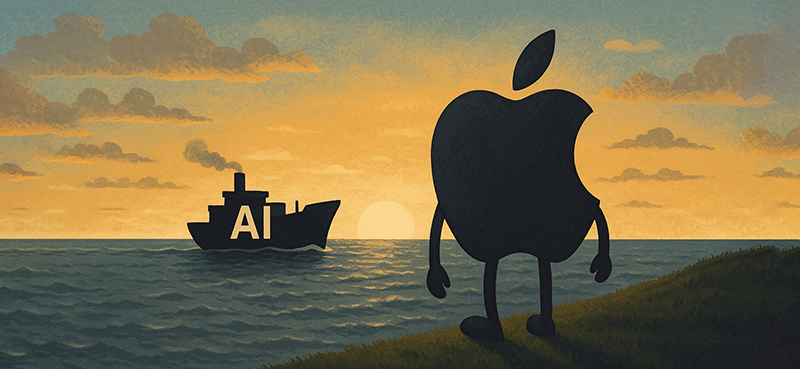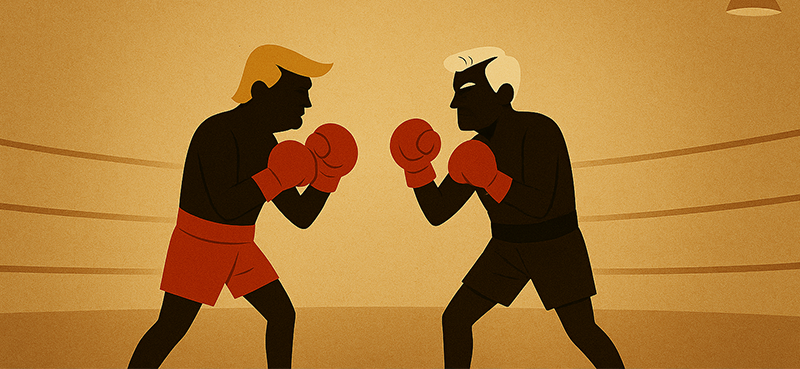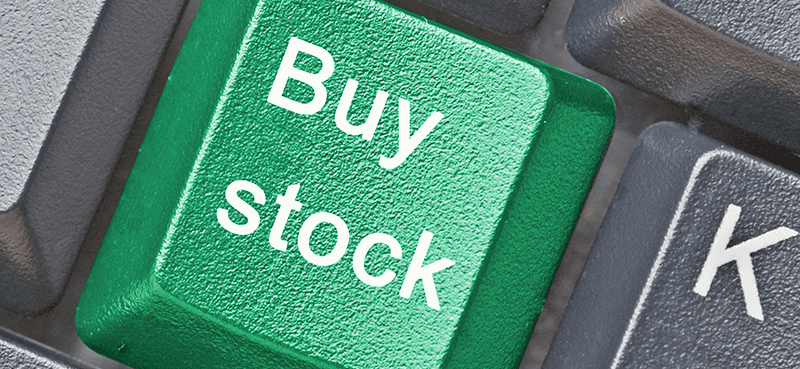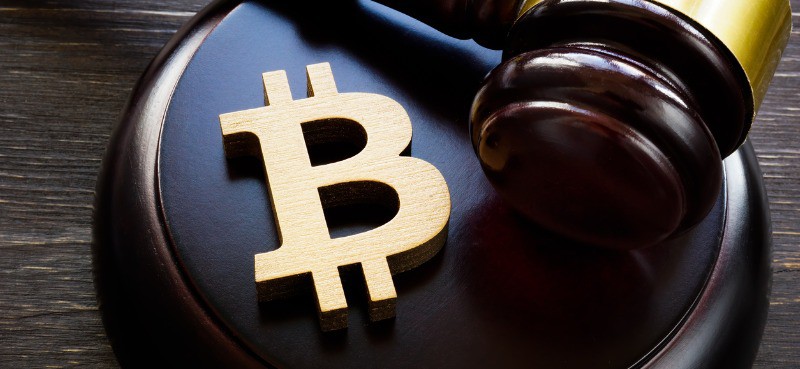The 2024 presidential election has been one for the history books.
In an unprecedented move, President Joe Biden officially put aside his bid for reelection… and endorsed Vice President Kamala Harris to take his place as the official Democratic nominee.
Now, in the proverbial 11th hour before the election, it appears the face-off between Harris and former President Donald Trump is on.
It’s hard to imagine two more different candidates… and it’s safe to say that the next four years would differ dramatically depending on who secures the seat.
But there’s one thing Trump and Harris have in common… and it could spell serious trouble for the economy, no matter who’s elected.
You see, both candidates are poised to continue the government’s reckless spending.
Today, we’ll look at the dangerous financial position our country is in… why it’ll only get worse from here (regardless of what happens in November)… and what it means for both the economy and the stock market.
Trillion-dollar deficits are here to stay
Government spending is absolutely out of control. The U.S. has over $35 trillion in debt, over $100 trillion in future obligations, and over $1 trillion in annual deficits.
The spending spree is driven by several factors that remain priorities for both political parties.
Entitlement Programs: Social Security, Medicare, and Medicaid make up a significant piece of the federal budget… and that number will only expand as the population ages. These programs are politically untouchable.
Defense Spending: Defense spending remains a priority for both political parties, particularly as the world faces ongoing geopolitical tensions and the U.S. provides aid to its allies.
Debt Servicing: Higher interest rates add pressure to our national debt levels… The U.S. Treasury projects that the U.S. government will spend over $1 trillion in interest on its debt annually for the foreseeable future.
So far in 2024, the country’s interest expense is over $680 billion. In terms of government spending, that number is second only to social security, which is costing the government around $1 trillion this year.
Infrastructure improvements: Both political parties have expressed commitment to fixing the country’s aging infrastructure… which will likely cost trillions of dollars in the coming years.
Beyond these bipartisan issues, the incoming president will inevitably keep spending on their own party’s priorities.
For instance, Trump plans to cut taxes… which will only increase the deficit (after all, taxes go to the government’s bottom line).
It remains to be seen exactly what policies Harris plans to implement if elected. Still, it’s not far-fetched to assume she’ll continue to spend on issues important to the Democratic Party—such as billions or even trillions on environmental projects.
The bottom line: Regardless of who becomes our next president… trillion-dollar deficits are here to stay.
So what exactly does that mean for us?
The economic and market impacts of government spending
For one thing, it means inflation will continue to be a problem… As the government keeps printing money, it’ll continue to erode the value of a dollar… and reduce consumers’ purchasing power.
However, it could benefit stocks. In recent years, the government’s cash injections into the economy have boosted the market, particularly growth sectors like tech. And sectors like healthcare, defense, and infrastructure also stand to benefit.
That said, the related economic uncertainty and inflation could create a lot of volatility in the market.
That might not be a problem for investors with a high risk tolerance. But investors looking for more security might be better off investing in commodities and safe-haven assets like gold to mitigate some of the short-term fluctuations.
(In The Dollar Stock Club, Frank just recommended a simple way to play reckless government spending. Become a WSU Premium member now to reveal the pick.)
Conclusion
Regardless of who secures the presidency, the reality is that the government is poised to keep spending in a major way. And while that could be disastrous for consumers, it could lead to big profits for savvy investors. Look at investing in sectors that tend to get a big boost from money printing… and add some safety to your portfolio with hard assets and commodities.



